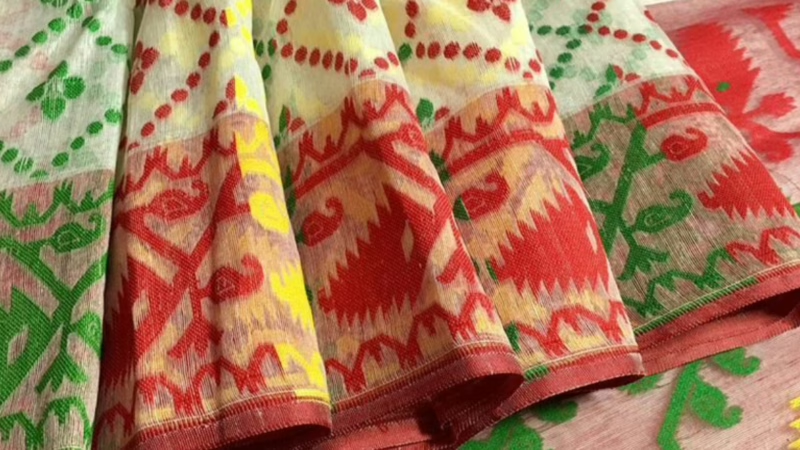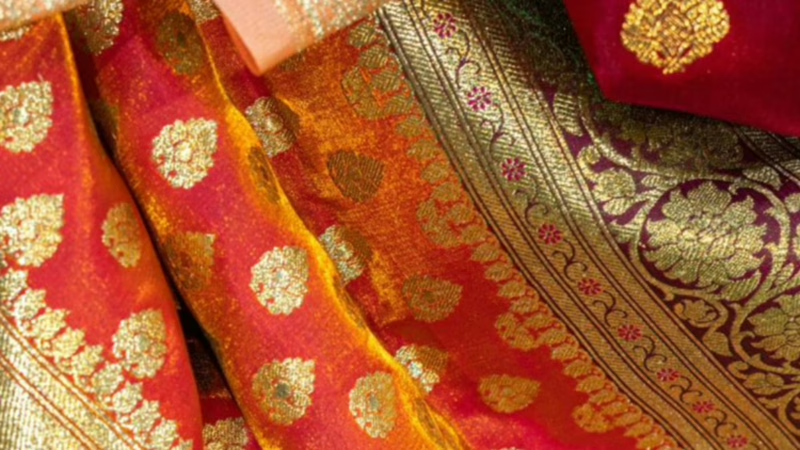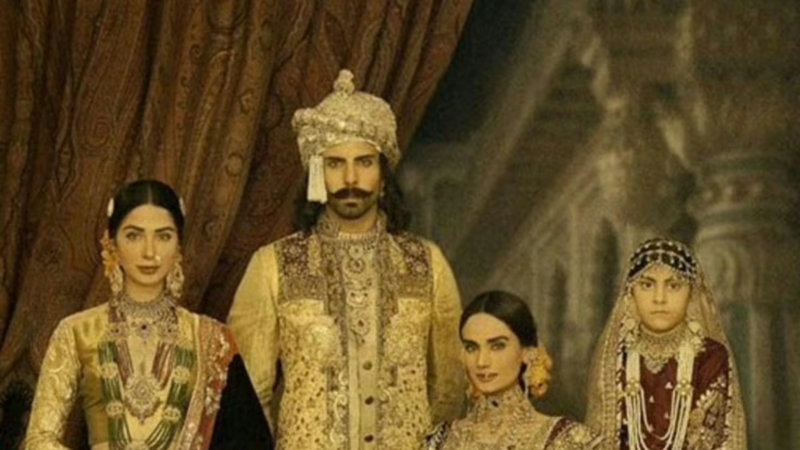Chikankari suits and salwars are the epitome of grace and elegance. Known for their intricate embroidery, they need to be treated with extra care and love. In today’s post, we will give you some super simple tips on how to take care of your chikankari wear to make them look as good as new every time you wear them
Dhakai Jamdani sarees are more than just a piece of clothing—they are a legacy of intricate craftsmanship, rich tradition, and timeless elegance. But with the market flooded with replicas and power-loom imitations, how do you ensure that the saree you’re buying is truly authentic? If you’re looking to invest in a genuine Dhakai Jamdani, here’s your go-to guide to spotting the real deal.
If you’re thinking of tossing your Benarasi saree into the washing machine—STOP! Silk and zari (gold and silver threadwork) are delicate, and rough handling can weaken the fabric. So, how do you clean it properly?
The word “tant” is derived from the Bengali word “tanta,” meaning “weave” or “loom.” Tant weaving involves the use of cotton yarns to create lightweight and breathable fabrics, making it ideal for the hot and humid climate of Bengal. The technique is characterized by its simplicity and versatility, allowing weavers to produce a wide range of textiles, including sarees, dhotis, and scarves.
The journey of Indian ethnic wear is a story of resilience, adaptation, and cultural pride. From the unstitched drapes of the Indus Valley Civilization to the intricately embroidered ensembles of the Maurya and Gupta eras, Indian fashion has evolved through centuries of innovation and influence.





